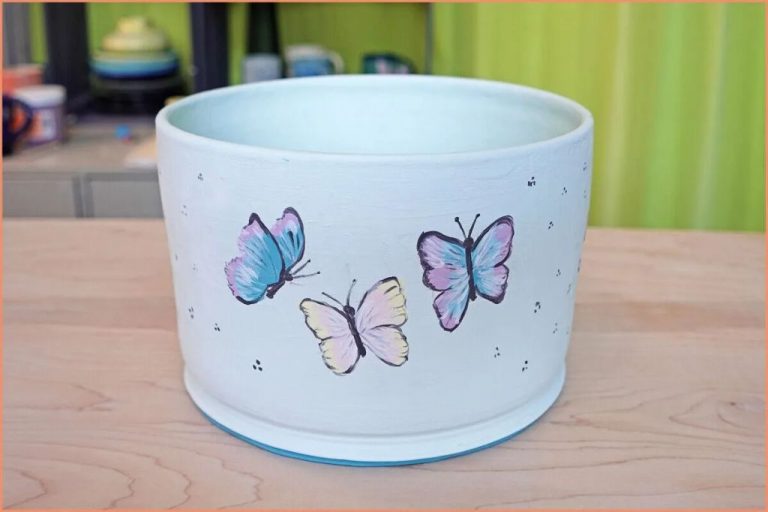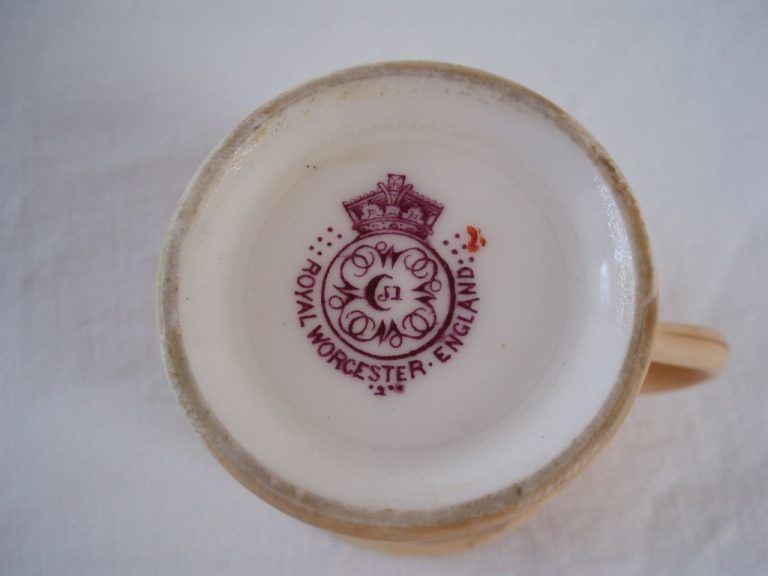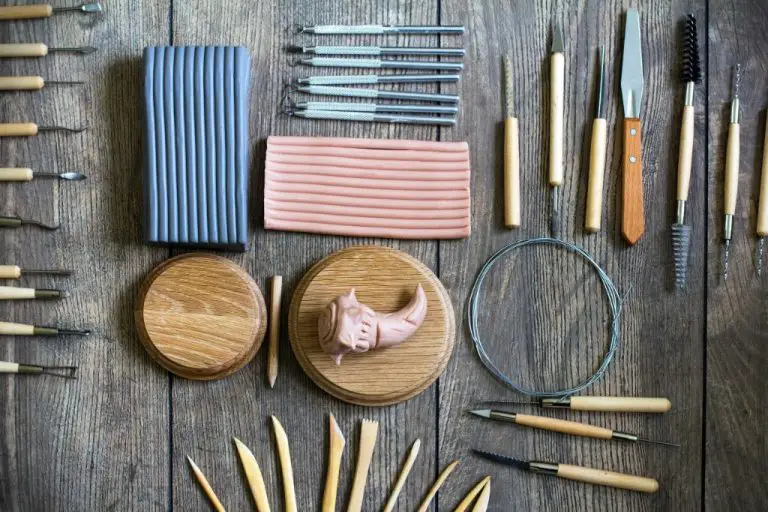Is Ceramic Or Glass Better For Olive Oil?
Olive oil is a popular cooking oil and ingredient around the world. When storing olive oil, two common container types used are ceramic and glass. Both materials have advantages and disadvantages for preserving olive oil quality and freshness over time. This article provides an overview comparing ceramic vs. glass olive oil containers.
Popularity of Ceramic and Glass
Glass and ceramic are the two most common materials used for olive oil bottles. Glass is by far the most popular option, with the vast majority of olive oils sold in glass bottles. According to Olive Oil Bottles: How to choose the best ones?, glass bottles account for over 90% of all olive oil packaging. Dark colored glass like green and amber are especially prevalent as they protect against light exposure.
Ceramic bottles are much less common but are still used by some high-end olive oil producers. Ceramic is appreciated for its beautiful artisanal look and earthy feel. However, glass remains far more widespread due to its low cost, durability, and light blocking abilities. While ceramic use is limited, it can add a unique touch for gift-worthy olive oils.
Porosity
Porosity refers to the tiny holes or pores in a material’s structure. For storing olive oil, porosity is an important factor since oil can seep into pores over time. Ceramic and glass have different levels of porosity.
Ceramic materials like porcelain tend to be more porous than glass. According to Wikipedia, glass-ceramics, which are partly crystalline, have between 30-90% crystallinity and are non-porous [1]. In comparison, porcelain and other ceramic materials are more porous due to their manufacturing process and clay composition.
On Reddit, there was a discussion comparing the porosity of glass versus porcelain. The consensus was that porcelain is more porous than glass because its base material is ceramic [2]. The porous nature of porcelain means oil can seep in over time.
Overall, glass is less porous than ceramic materials like porcelain. This makes glass preferable for storing olive oil long-term since it prevents seepage into pores over time.
Lead Content
There is potential for lead to leach from ceramic containers into olive oil. Lead can be present in the glazes and decorations on ceramic containers. According to an NPR article, lead glazes must be fired at very high temperatures (over 1200°C) to ensure the lead becomes inert. If not fired properly, lead from the glaze can leach into foods and cause lead poisoning.
For example, a green glass olive oil bottle was tested and found to contain high levels of lead, likely leaching from the green coloring in the glass. Consumers should be cautious of potential lead exposure from ceramic and handmade containers.
UV Light Protection
Both ceramic and glass provide good protection against UV light rays which can damage olive oil over time. According to Ceramic Coating vs. Glass Coating: Which is Better?, ceramic coatings block up to 99% of UV rays while glass coatings block up to 95%. The molecular structure of ceramic makes it slightly more effective at blocking UV light from penetrating the container.
UV light exposure causes olive oil to oxidize faster, resulting in a rancid flavor and loss of health benefits. The near complete UV light protection provided by both ceramic and glass containers helps maintain the quality and integrity of the olive oil inside. However, ceramic’s additional UV blocking capabilities give it a slight edge.
Oxidation
Oxidation occurs when olive oil is exposed to oxygen, light, and heat, which causes it to become rancid more quickly. Oxidation leads to a breakdown of the olive oil’s chemical structure, creating free radicals and peroxides that alter its flavor profile. The type of container used for storage impacts the oxidation rate.
Glass provides the best protection against oxidation. The impermeable nature of glass creates a barrier against oxygen penetration. Tinted or dark glass bottles filter out damaging UV light rays that accelerate oxidation. One study found extra virgin olive oil stored in the dark at room temperature retained quality for 14 months compared to just 2 months for oil stored in clear glass (Source).
Ceramic is more porous than glass, so some oxidation can occur. However, ceramic still provides good protection compared to plastic. One advantage of ceramic over glass is it’s opaque, blocking all light exposure. So for short-term storage of up to 6 months, ceramic jars can minimize oxidation.
Overall, glass bottles, especially darker tinted ones, are optimal for fighting oxidation and maintaining olive oil’s freshness and flavor for extended periods.
Cleaning
Glass and ceramic surfaces require different cleaning methods to remove oil residue. Ceramic cooktops are generally easier to clean than glass. Olive oil can leave behind a sticky residue when heated on both materials. However, ceramic cooktops have a nonporous glazed surface that resists staining. You can remove olive oil from ceramic using hot water, dish soap, and a non-abrasive sponge or soft cloth [1]. The oil will lift off smoothly without scrubbing.
Glass cooktops have a porous surface that allows oil to penetrate into microscopic crevices. As a result, olive oil stains can be more stubborn to remove. You may need to use a ceramic glass cleaner or cover the stain with olive oil again to loosen it before cleaning. Aggressive scrubbing can damage the glass surface. Some recommend using hot vinegar or a razor blade scraper, but this risks scratching the cooktop [2]. Overall, ceramic appears easier to clean olive oil from without damaging the material.
Cost
The cost of olive oil dispensers can vary greatly depending on the material used. Ceramic dispensers are generally more expensive than glass. A typical ceramic dispenser may cost $20 to $65, with higher end artisan-made dispensers costing over $100. Glass dispensers are more affordable, usually ranging from $10 to $30.
According to The 7 Best Olive Oil Dispensers for Drizzling and Pouring, handmade ceramic dispensers like those from Elixir start around $65 while a basic glass cruet from OXO costs $12.
Ceramic is more expensive due to the work involved in handmaking pottery pieces. Factors like artistry, materials, firing process, and more contribute to the higher cost. Mass produced glass dispensers are simpler and cheaper to make. While there are high end decorative glass dispensers, basic utilitarian ones for everyday use are very affordable.
Aesthetics
When it comes to appearance, both ceramic and glass olive oil bottles have their benefits. Ceramic bottles often have an earthy, rustic look that can add warmth to a kitchen. Glazes and designs in the ceramic make each bottle unique. Glass bottles allow you to see the oil inside, which some prefer for monitoring the oil level. Glass also has a sleek, modern aesthetic. According to one Reddit user, glass bottles are “Visually appealing to keep on the counter” [1]. Ultimately the aesthetic choice comes down to personal preference.
Conclusions
When deciding between ceramic or glass for storing and dispensing olive oil, both materials have their advantages and disadvantages. Ceramic is more porous which allows the oil to breathe but can also lead to oxidation. Glass provides a fully nonporous and inert environment but does not allow the oil to breathe at all. Ceramic tends to cost less than quality glass dispensers. Glass allows you to fully view the olive oil inside and some may prefer the aesthetic appeal. Overall there is no definitive answer and it comes down to personal preference. Ceramic is likely the better choice if you go through olive oil quickly and glass may be better for long term storage. Both ceramic and glass are far better than plastic alternatives.




